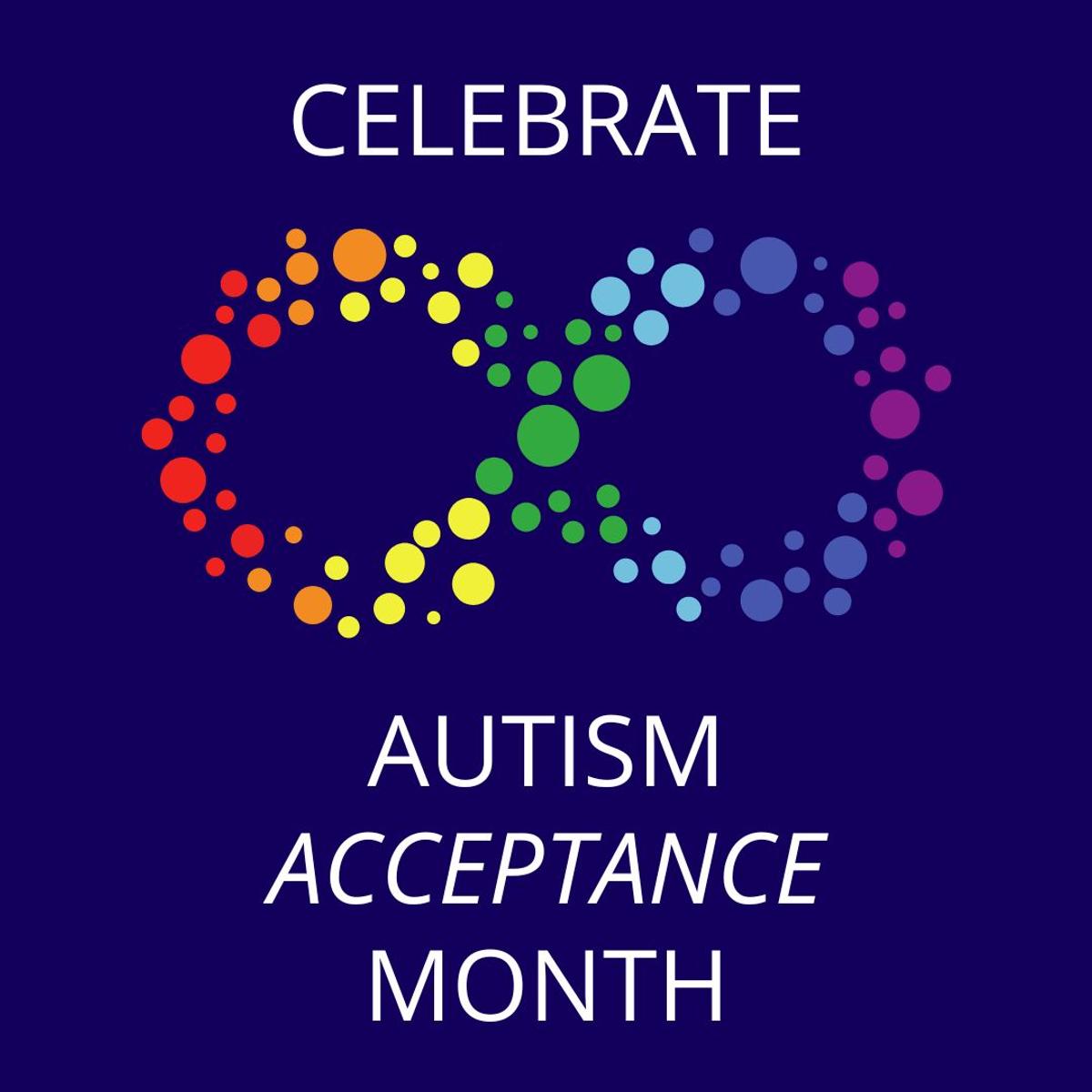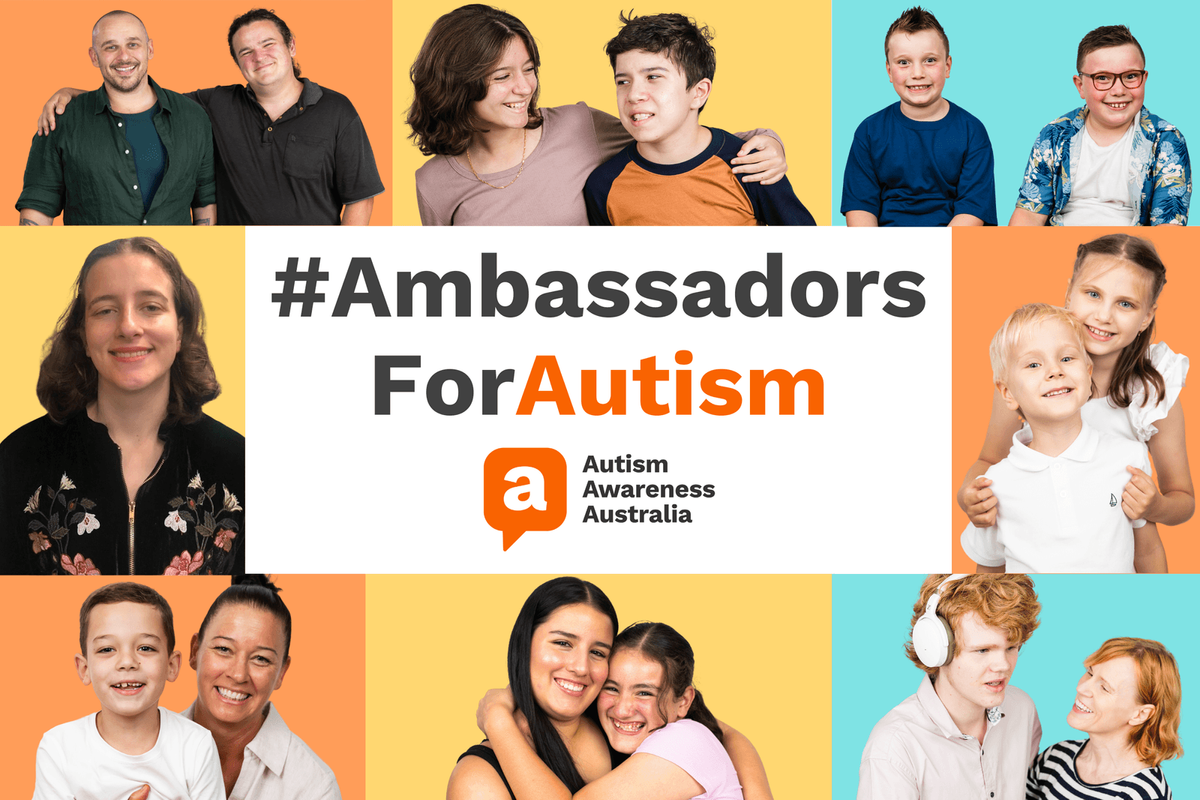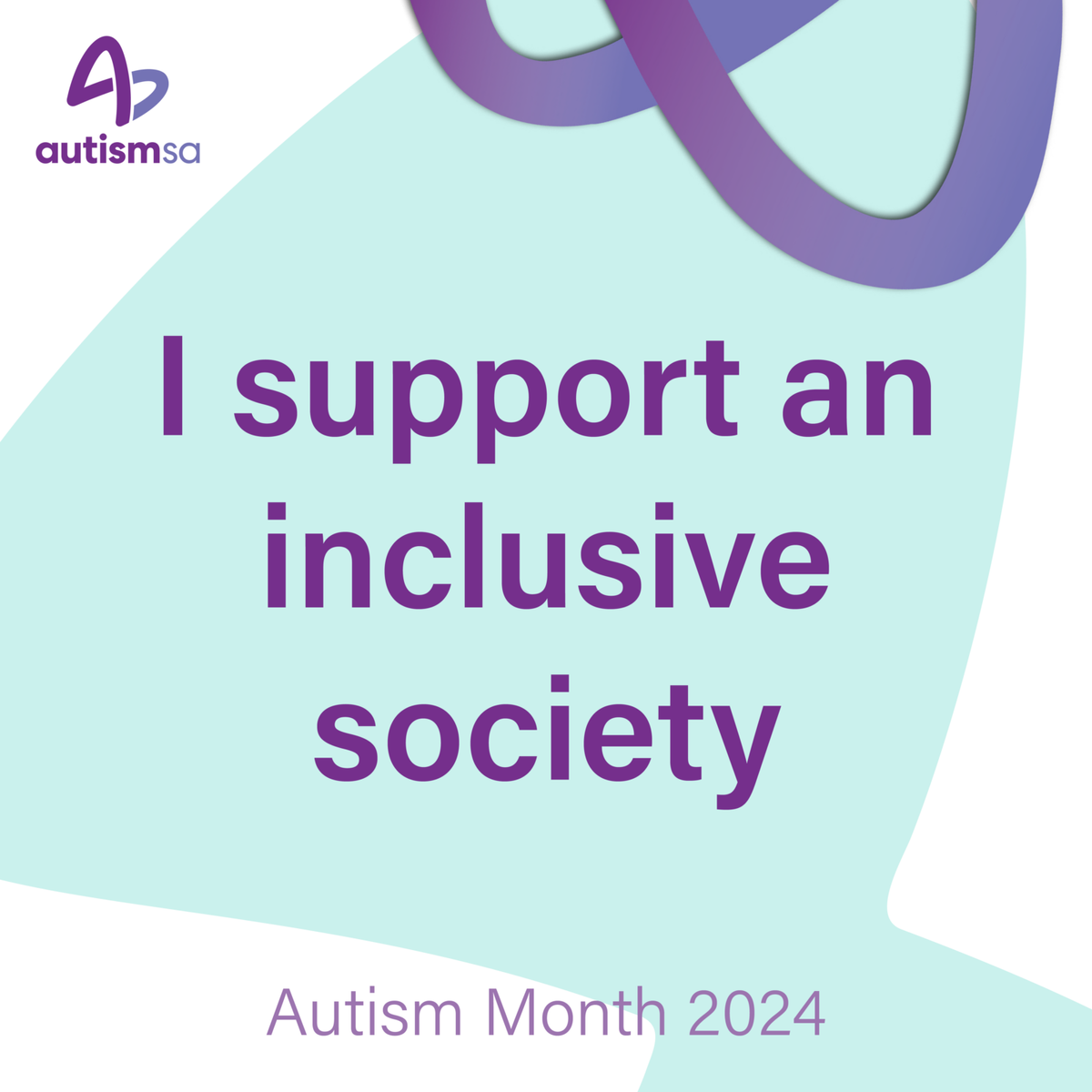Autism Practices
Learning Specialists & Leading Teachers

Autism Practices
Learning Specialists & Leading Teachers
Welcome to our new page called 'Autism Practices'.
As part of our AIP, the SIT team has committed to creating a page highlighting autism practices and strategies. Therefore, we will have different leaders contributing to this page fortnightly.


In celebration of Autism Acceptance Month this April, we’re reflecting on language and advocacy for individuals who identify as autistic. How we think and speak about autism, disability, and identity has changed considerably since the first National Autistic Children’s Week in April of 1972. Being thoughtful about language, prioritizing acceptance, and encouraging self-advocacy are great ways to celebrate Autism Acceptance Month!
Hashtags: #CelebrateDifferences #AutismAcceptanceMonth #AutismAwareness #Neurodiversity




There is no one universally recognised colour or symbol for autism. Historically, the most used has been the colour blue, and the puzzle piece. Within the Autistic community, however, these symbols are considered by the majority, to be non-representative of Autistic people and are not preferred. More recently, the colour and symbol used by the Autistic community is the infinity symbol, in rainbow or gold.
Relevance of:
• The infinity symbol - This is used to represent the inclusion of all people. The broader neurodiversity movement also uses the rainbow infinity symbol.
• Rainbow – to reflect the diversity of the autism spectrum.
• Gold – ‘Au’ is the symbol for the chemical element, gold. Additionally, the Autistic community consider themselves rare and valuable, just like gold.


Highlight the value of diverse perspectives and abilities in enriching our communities. Encouraging an attitude of celebration rather than tolerance or deficit can foster a more inclusive and supportive environment for everyone.
https://www.aspect.org.au/waud/for-schools-or-universities

